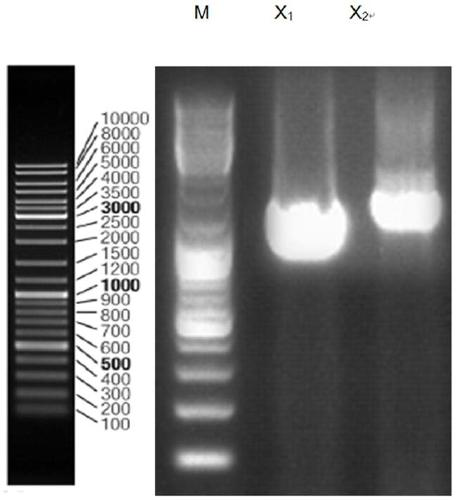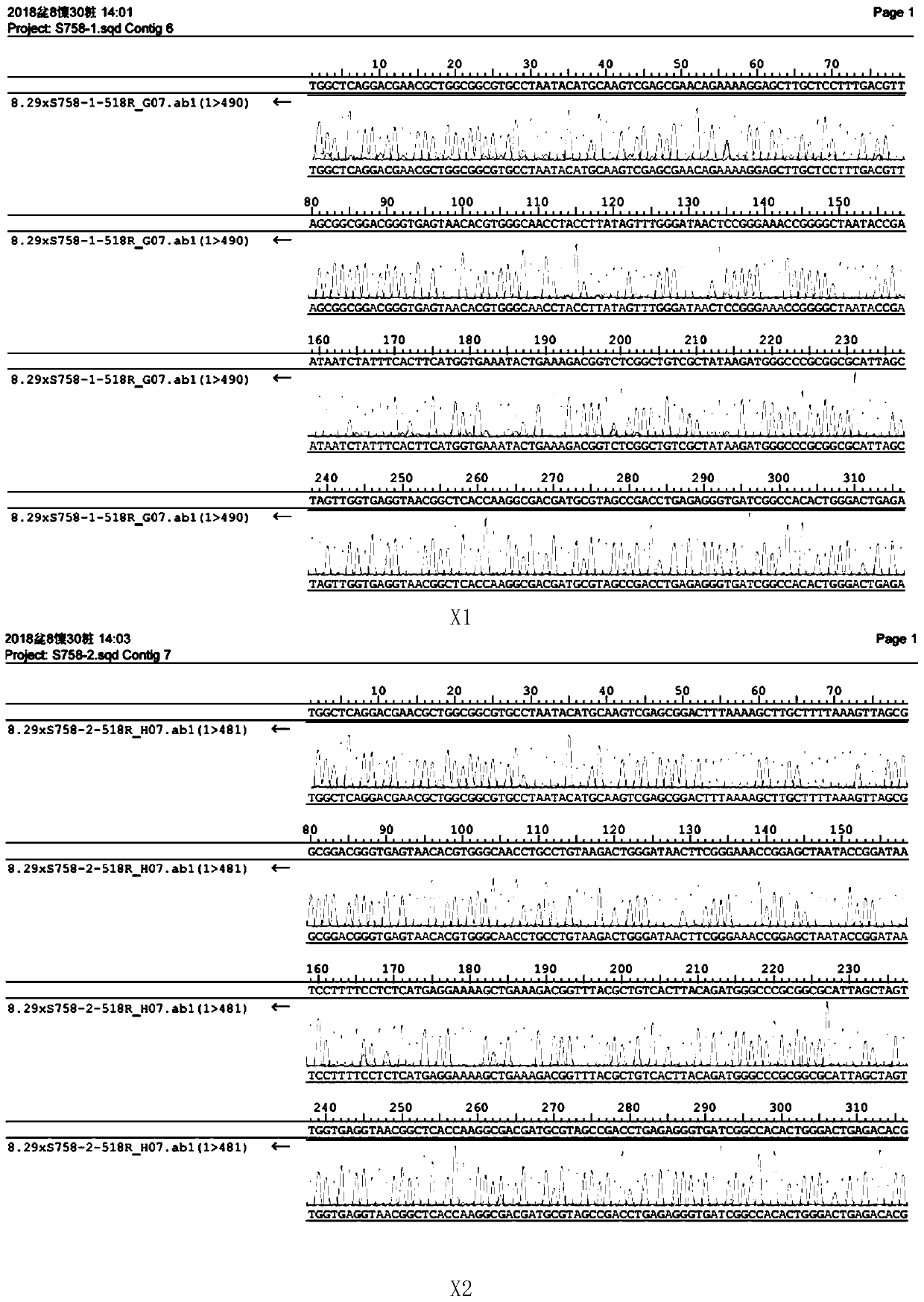Method for isolation and identification of bacillus circulans
A technique for the identification of Bacillus circulans, which is applied in the field of isolation and identification of Bacillus circulans, achieving the effect of high screening accuracy
- Summary
- Abstract
- Description
- Claims
- Application Information
AI Technical Summary
Problems solved by technology
Method used
Image
Examples
Embodiment 1
[0059] Embodiment 1: Establishment of optimal culture conditions
[0060] Generally, the choice of selective enrichment medium is to add nutrients or antibiotic components that are sensitive to other bacteria and insensitive to the target bacteria on the basis of the basic medium. The basal medium of this example is improved tryptic soybean broth, and the enrichment medium of Bacillus is not selected in order to reduce the dominant proliferation of other Bacillus with high nutritional requirements.
[0061] Sample preparation: The screening subject of this experiment is the food contact paper purchased in the market, routine supervision and random inspection, and inspection by enterprises.
[0062] Control substance: Take 25g of samples without any growth of miscellaneous bacteria verified by the experiment, add positive strains respectively: Bacillus circulans, Bacillus lysine, Bacillus subtilis, Streptococcus hemolyticus, and obtain 1~9×10 4Bacterial solution at a concentra...
Embodiment 2
[0080] Embodiment 2: Antibiotic and bacteriostatic compound selection
[0081] Due to the complex composition of environmental microorganisms, too many bacteria in the enrichment process will have more interference in the later identification process. The screening of Bacillus, according to the sensitivity of different microorganisms to different antibiotics, inhibits the growth of miscellaneous bacteria and ensures the dominant growth of Bacillus circulans. The following antibiotics and bacteriostatic compounds were selected for experimentation:
[0082] (1) Cephalosporin antibiotics have a broad antibacterial spectrum and are effective against both Gram-positive and Gram-negative bacteria. Sensitive bacteria are Pasteurella multocida, Pasteurella hemolyticus, Salmonella, Escherichia coli, Streptococcus, Staphylococcus, etc. Some Pseudomonas aeruginosa and Enterococcus are drug-resistant.
[0083] (2) Lincomycin hydrochloride is a bacteriostatic agent, and sensitive bacteri...
Embodiment 3
[0110] Example 3: Separation and Identification of Columbia Blood Agar Plates
[0111] According to the experimental results of Examples 1 and 2, the growth status of different positive bacterial strains in antibiotics was determined, and the Columbia blood agar plate added with novobiocin and nalidixic acid sodium antibiotics was determined as the isolation and identification medium.
[0112] Columbia Blood Agar
[0113] Tryptone 12.0g
[0114] Animal tissue protein digestion solution 5.0g
[0115] Yeast Extract 3.0g
[0116] Beef Extract 3.0g
[0117] Cornstarch 1.0g
[0119] Agar 13.5g
[0120] Distilled water 1000.0mL
[0121] Dissolve each component in distilled water, heat to dissolve, sterilize at 121°C for 15 minutes, add sterile defibrinated sheep blood 5mL / 100mL and antibiotics, shake well and distribute for use.
[0122] Add antibiotics:
[0123] Novobiocin 0.01g
[0124] Nalidixic acid sodium 0.01g
[0125] Sample: Take 25g ...
PUM
 Login to View More
Login to View More Abstract
Description
Claims
Application Information
 Login to View More
Login to View More - R&D
- Intellectual Property
- Life Sciences
- Materials
- Tech Scout
- Unparalleled Data Quality
- Higher Quality Content
- 60% Fewer Hallucinations
Browse by: Latest US Patents, China's latest patents, Technical Efficacy Thesaurus, Application Domain, Technology Topic, Popular Technical Reports.
© 2025 PatSnap. All rights reserved.Legal|Privacy policy|Modern Slavery Act Transparency Statement|Sitemap|About US| Contact US: help@patsnap.com



